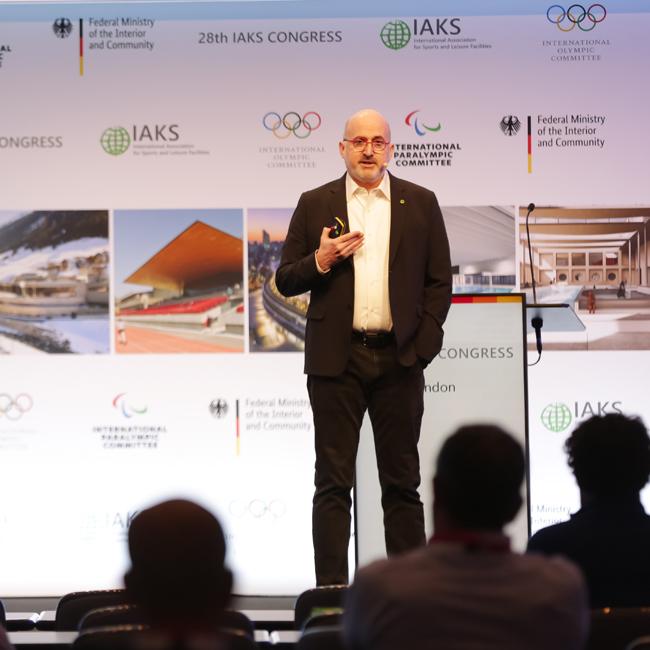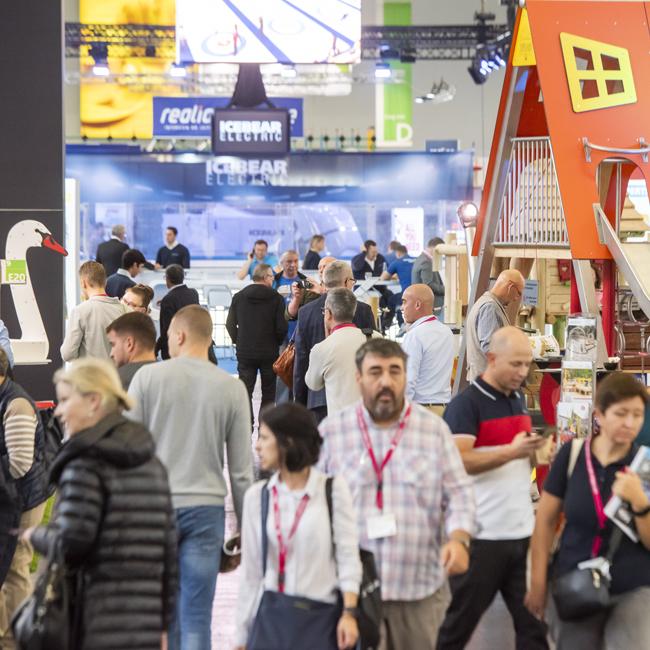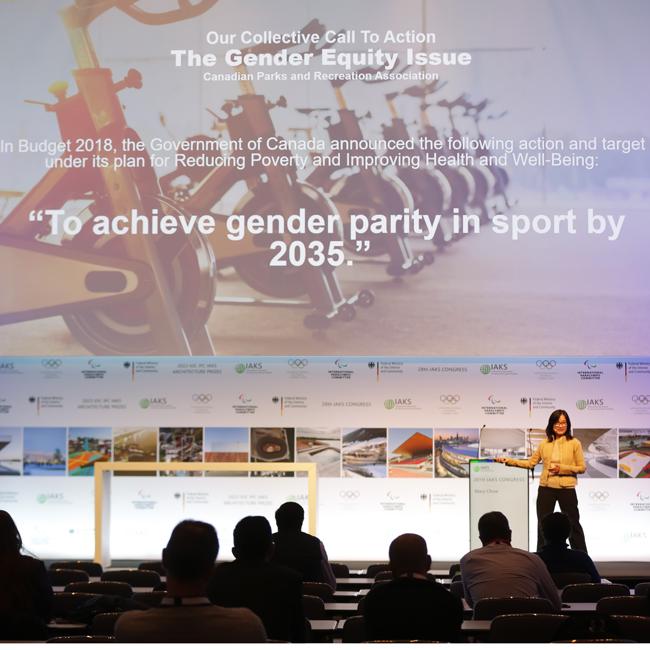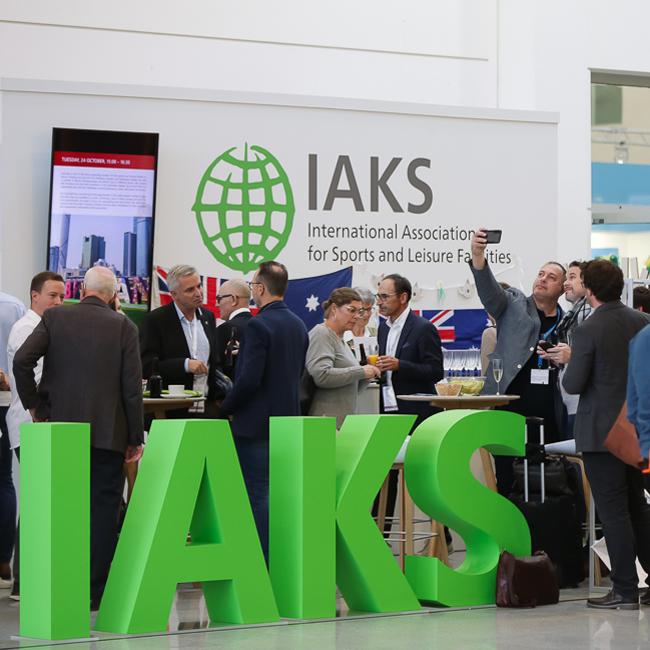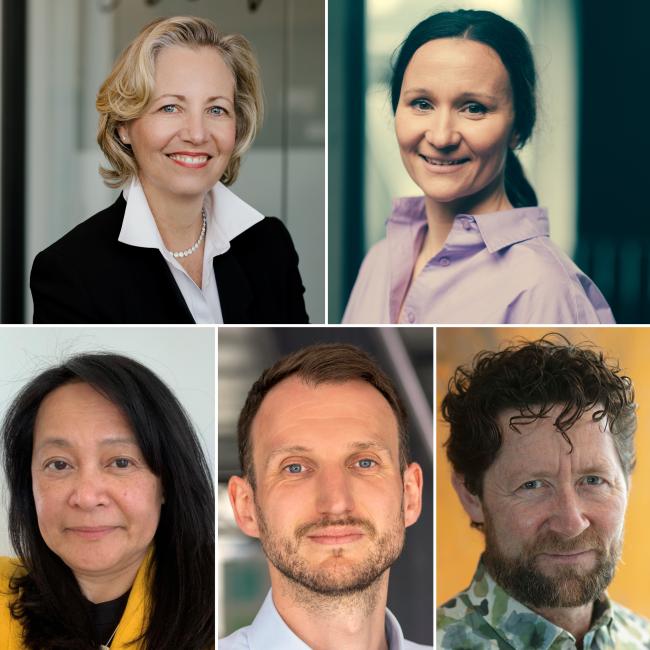Building stronger active living infrastructure in metropolitan cities
This session which was moderated by IAKS Vice President Conrad Boychuk looked at three major international cities and their strategies for creating greater opportunities for active lifestyles.
John Martinez, Deputy Executive Director of Recreation at the City and County of Denver (USA) underscored three of the City’s areas of focus – connecting underserved communities to the outdoors, interactive health and wellness programs, and free or reduced cost access to facility amenities and programs.
What are best practices like in Calgary? According to James McLaughlin, Acting Director for Recreation at the City of Calgary (Canada), the City’s response to providing both programs and facilities is based in part on “Influencing Trends” including the critical levels of physical inactivity, increasing child obesity, increased risks for women and girls, adults living alone, and the supporting traditional and non-traditional activity opportunities.
Sidney City Services Strategy Manager Matthew McDonald gave an insight on the cities' broad approach to dealing with the major issues of adult and child obesity, sedentary lifestyle and mental health. The international image of Sydney as an active city is not the reality for many residents. City Services strategies for improvement include creating “active hubs” within every city “village” and linking those with a Liveable Green Network.
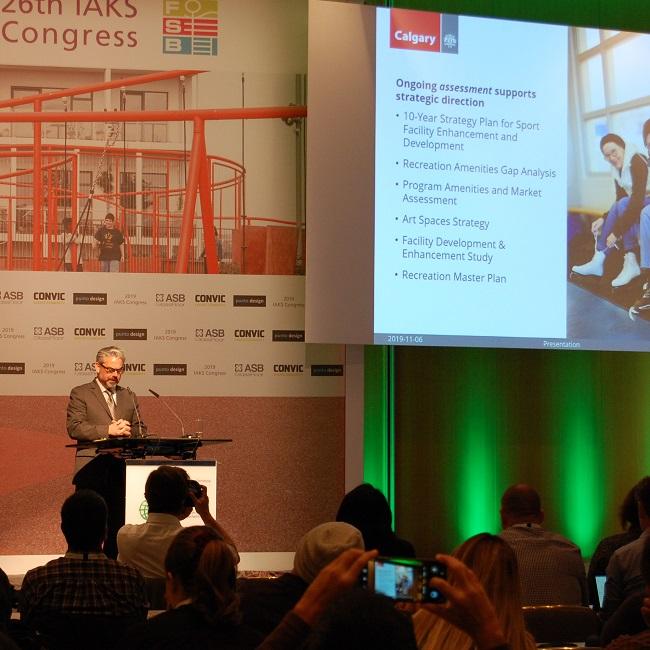
photo: IAKS
Find all the exciting presentations on our website. Ask the office for your password.
Properly operating leisure infrastructure in large metropolitan cities
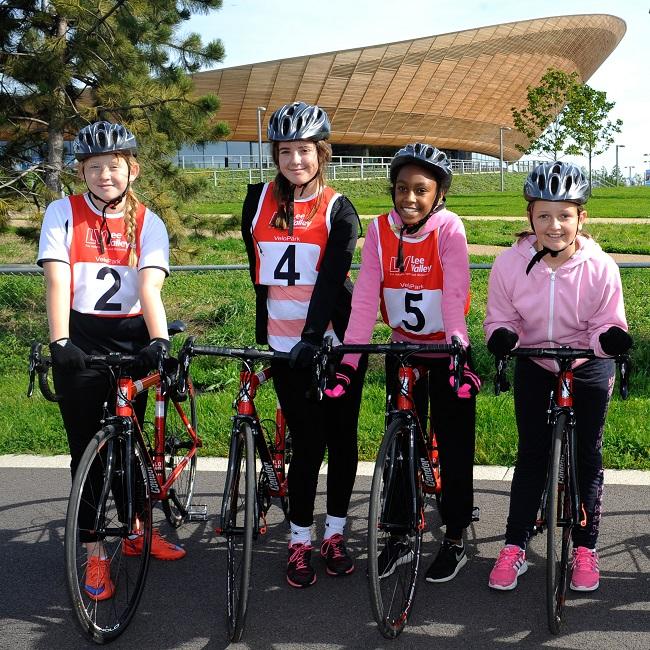
photo: Lee Valley Regional Park Authority
In this workshop, moderated by Henrik H. Brandt from Denmark, two large European cities gave perspectives of the challenges of potentials of being a successful or even unsuccessful Olympic bidding city.
Thomas Beyer, former head of the Sports Department of the City of Hamburg, drew a picture of the first German “Global Active City”. Hamburg has delivered a strategic programme to ensure the access to sports facilities, green spaces and large events in the future. One of the programmes gives sports clubs access to subsidies and cheap credits, and through the plan, sport has a foot in the doorstep in another programme to develop school facilities in the city, which attracts many new inhabitants and has five larger new urban centres under development.
As CEO of Lee Valley Regional Park Authority, Shaun Dawson is in charge of running some of the London Olympic facilities such as the Lee Valley Hockey and Tennis Centre, the Lee Valley VeloPark and the Lee Valley White Water Centre. These facilities have been successful in attracting a mixed use of events. Benefitting from a very proactive operation philosophy, the park authority is so far able to operate the former Olympic facilities without a loss.
Building stronger active living infrastructure in small and mid-size cities
This session looked at smaller cities’ strategies for creating greater opportunities for active lifestyles. The session was moderated by IAKS Vice President Conrad Boychuk.
Half the cities in Canada have a population of less than 100,000. For these communities, especially those that are not part of a larger urban network, providing appropriate and sustainable facilities and programs can be challenging – says Mark Hentze, Vice President Recreation and Culture, HDR Architecture Canada. The undertaking of major projects in smaller communities has a holistic effect on both the quality of recreation experience and the economic health of the community.
Successful approach to inclusive street sports communities and facilities: Mikkel Selmar, Head of Facilities for GAME, the Danish NGO for streets sports, showed Streetmekka houses in Copenhagen, Esbjerg, Aalborg and Viborg. GAME is focused on active and dynamic living for young people and achieves an incredible level of success by offering programs that are engaging, confidence-building, and consequently, impactful.
How to activate the neighbourhood: FaulknerBrowns Partner Mike Hall’s presentation was both a study of how people move and “recreate” in urban settings and how this impacts the environment, especially in terms of carbon dioxide emissions. Mike used this metric as he presented Hebburn Central, Beacon of Light, the University of Portsmouth, Coventry Water Park, and Britannia Leisure Centre.
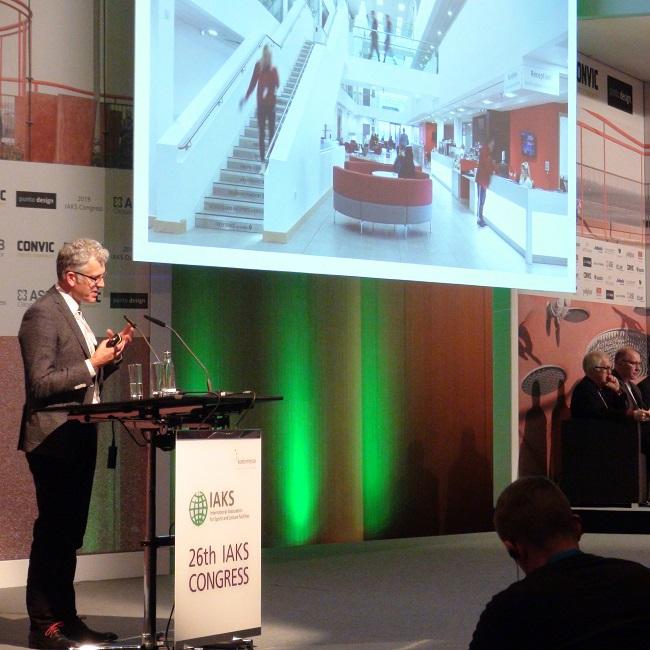
photo: IAKS
Properly operating leisure infrastructure in small and mid-size cities
The planning and development of leisure-oriented infrastructure for small and mid-size cities is challenging. The workshop moderated by Maria Keinicke, Founder and partner with KEINGART, Denmark, looked at these challenges and the complexities of dealing with an ever-evolving community of users.
Elizabeth Ayers, Director of Recreation & Sport Services, City of Richmond (Canada) explained Richmond’s strategies to assist residents in benefitting from an active and involved lifestyle. The components are: partnerships, investment in infrastructure and development, focus on programme and service delivery, excellence and community involvement in the planning and delivery of programmes and services.
How can a municipality decide about investment in new leisure infrastructure and make the decision process more transparent and knowledge based? Holger Kortbaek, Head of Sports Facilities, Municipality of Gladsaxe (Denmark) showed a tool which was developed to facilitate the process when it comes to what leisure infrastructure to invest in over the coming years. The tool includes 14 parameters in four groups: trends and holistic thinking, economy, diversity in activities, potential user groups.
